Healthy High Streets
Why the Scottish Government's upcoming Eating Out, Eating Well framework needs to transform our out-of-home food environments.
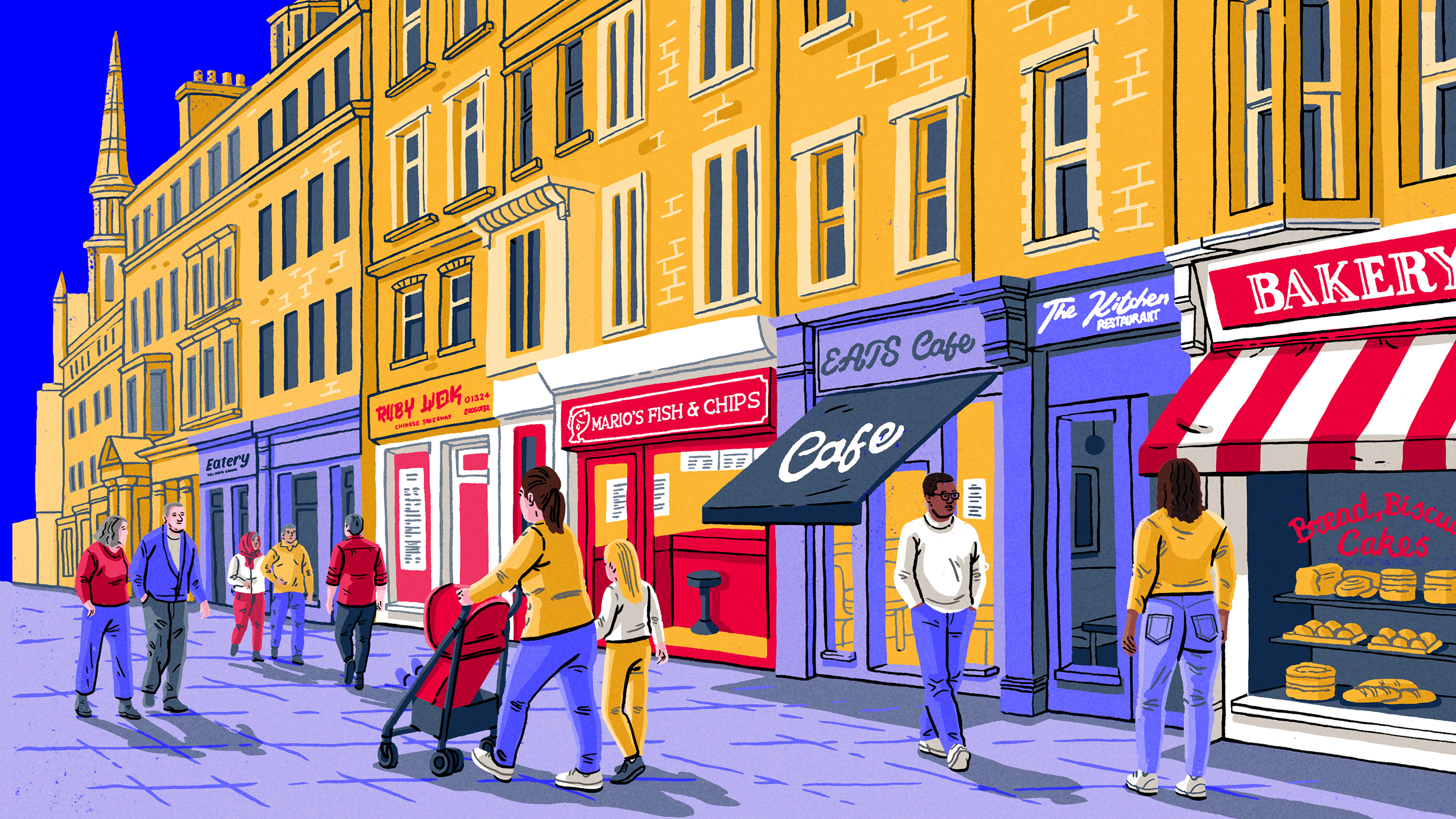
Obesity is the leading cause of death in Scotland. It's linked to 23% of deaths because it contributes to chronic illnesses such as cancer, diabetes and heart disease. With 65% of adults over 16 either obese or overweight, the health crisis caused by excess weight is urgent.
Our diets are heavily influenced by the availability and convenience of food, prompts in our environment and the social and information landscape around us. This is our food environment.
A key part of that food environment concerns out of home (OOH) outlets. These are anywhere outside of our homes where we might buy and eat food or non-alcoholic drinks. This includes fast food restaurants and takeaways, restaurants, pubs and bars, coffee shops and cafes, supermarkets, convenience stores, leisure centres and hotels, workplace and education settings and vending machines and forecourts.
The Scottish Government recently announced plans to develop a new framework with Public Health Scotland and Food Standards Scotland to support OOH outlets to provide healthier foods. In anticipation of the Eating Out, Eating Well Framework, we take a look at the issues the voluntary framework needs to address and some of the questions those shaping the policy must answer.
We choose to buy food and drink OOH for a variety of reasons: through necessity because we are out and about or at work and are hungry or thirsty, socially with family and friends or as a treat or convenience. But the food we eat OOH has a significant role to play in relation to excess calorie consumption, which can lead to obesity in the long term.
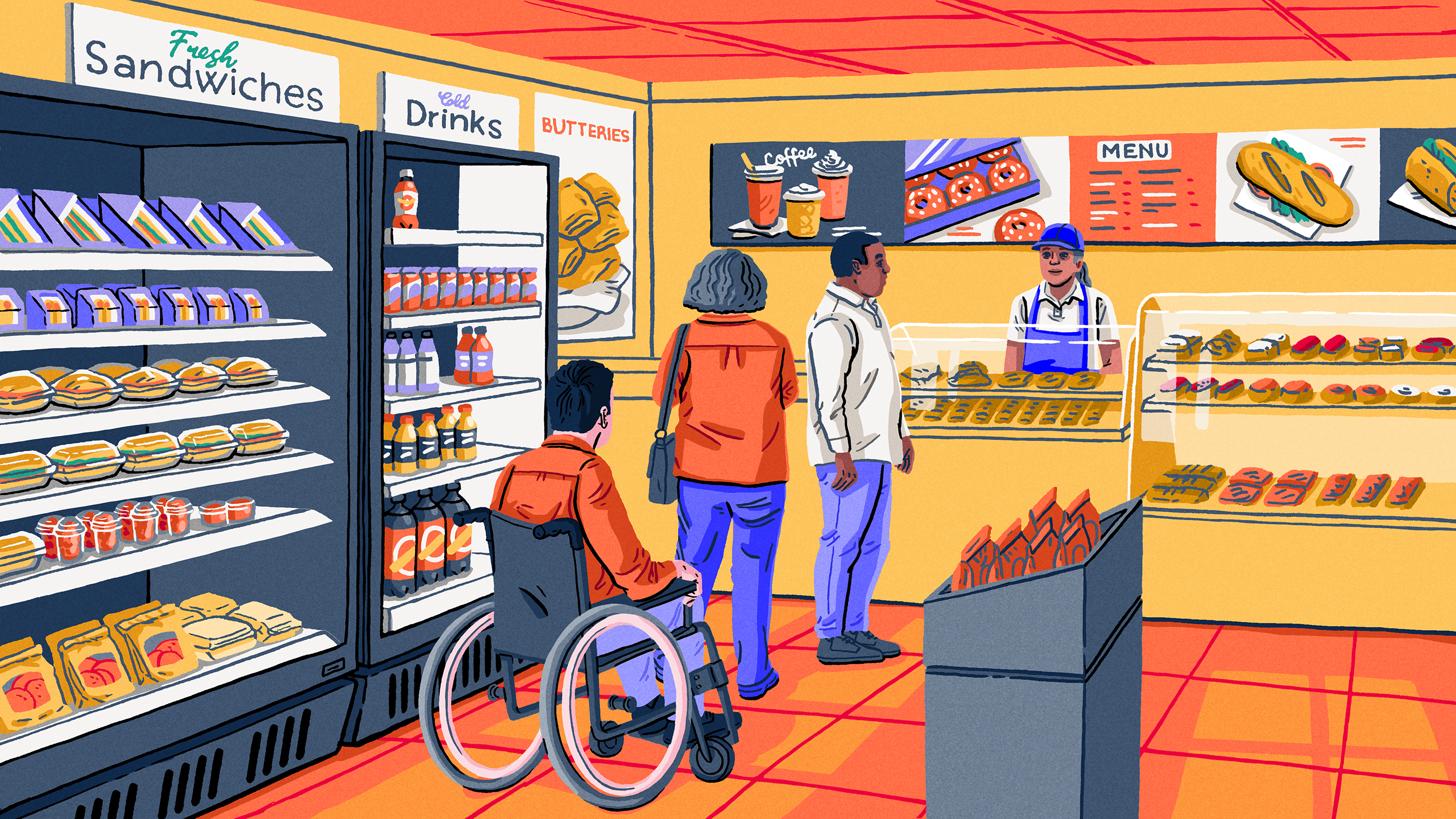
- Food eaten outside of the home makes up around 11-25% of the calories we eat and accounts for more than 25% of the total UK spend on food and drink.
- Around 50% of people in Scotland feel the food they eat OOH is less healthy than food eaten at home. This is particularly the case with women and the youngest age groups.
- Portion sizes are also often considerably larger from OOH outlets than supermarkets, encouraging us to consume significantly more calories per serving.
- Over half of people also believe calorie information should be displayed OOH to help them make healthier choices. 64% of branded OOH businesses provided calorie information about their foods online.

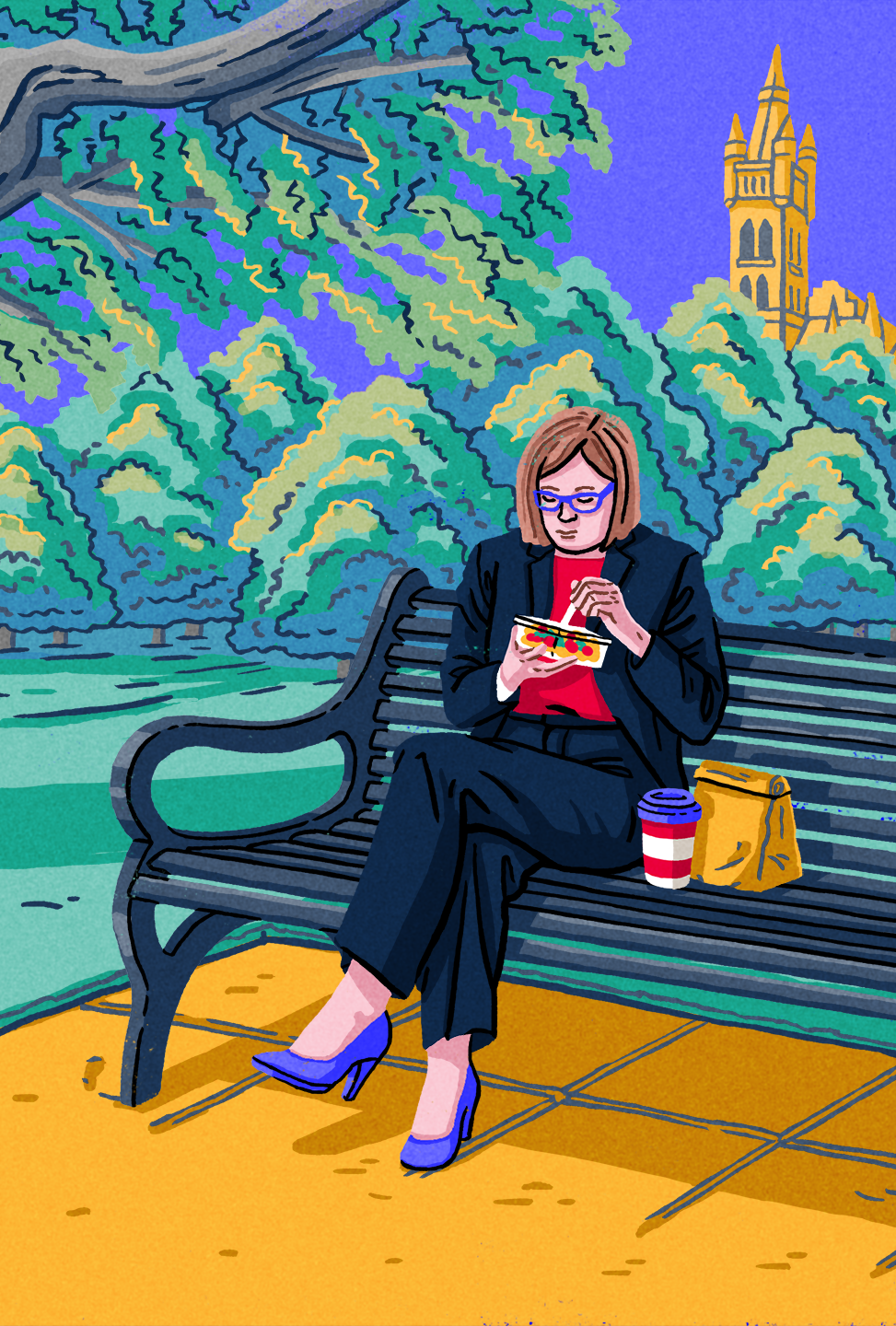
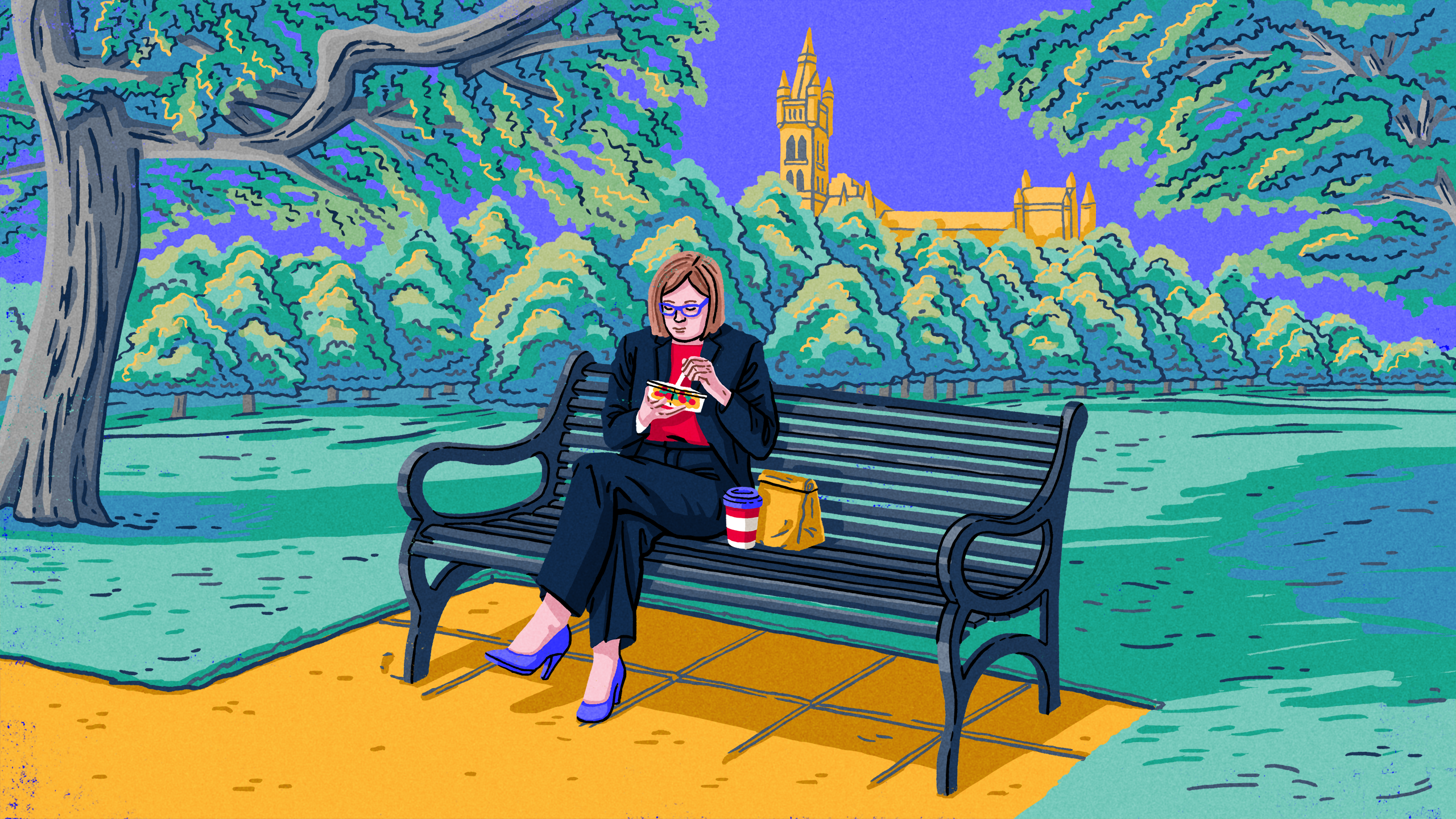
- In Scotland we spend £4.6 billion each year on OOH food and drinks with an average of 4.2 trips each a week.
- Convenience stores, bakeries, sandwich shops, supermarkets, quick service restaurants, workplace and education canteens, coffee shops and cafes are the most popular places to visit making up 75% of all our visits.
- The most popular food and drinks purchased out of home are coffee, sandwiches and regular soft drinks.
- The majority of the food and drink consumed on the go and not eaten where they are bought in Scotland is consumed in the workplace and outside.
When eating OOH, our choices tend towards less healthy options for both adults and children in Scotland with discretionary foods among the most commonly eaten. Discretionary foods include things like confectionery, sweet biscuits, savoury snacks, cakes, pastries, puddings and sugary soft drinks. These foods have a significant impact on how healthy our diet is.
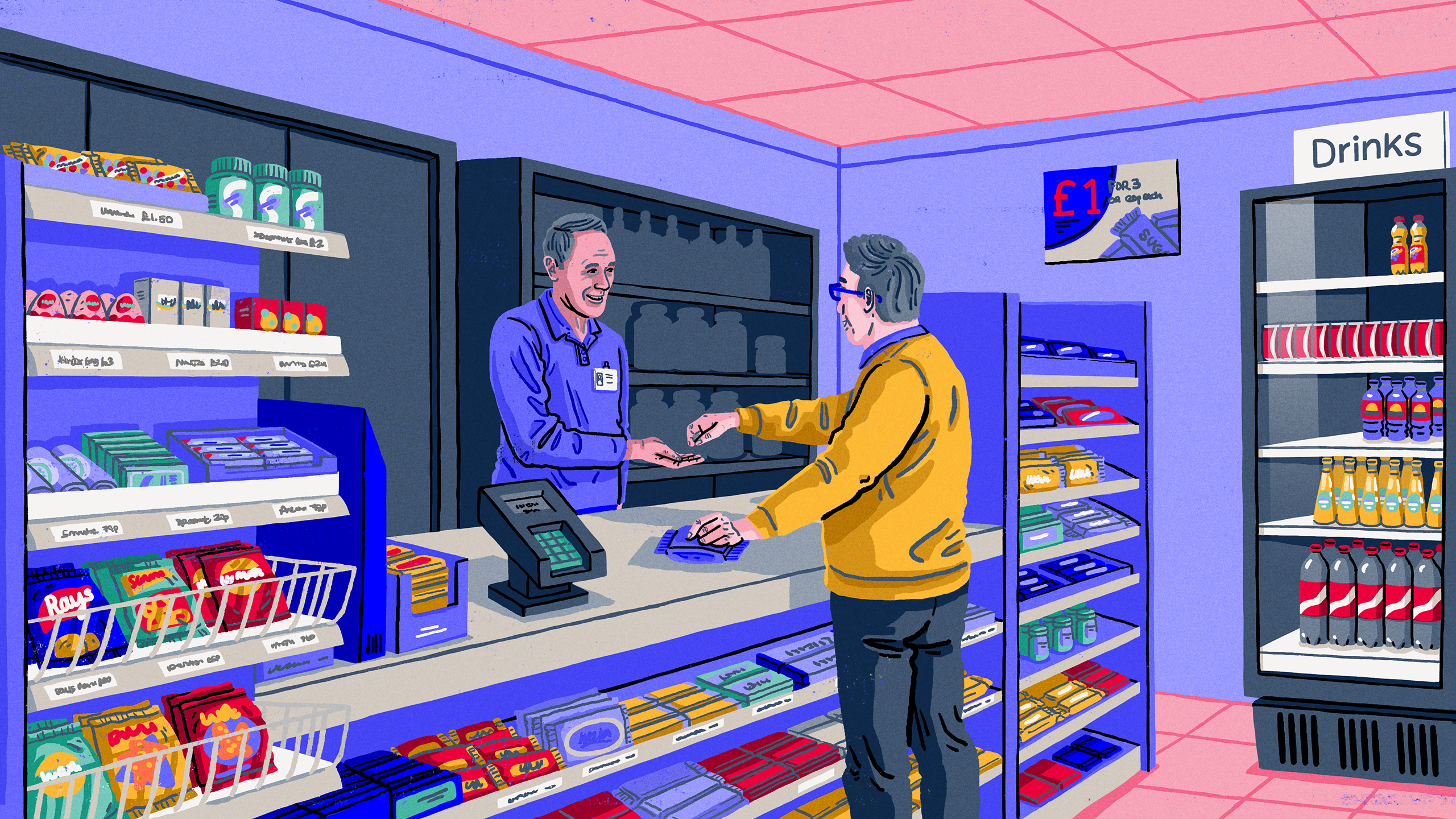
Discretionary foods are often bought and eaten on impulse and retailers also use a number of different methods to encourage us to buy more, such as promotions, marketing, price offers and product placement. These sales methods and strategies are more commonly found on unhealthy rather than healthy products in Scotland.
- Discretionary foods make up, on average, about a fifth of our total calories, fat and saturated fats and more than half of the daily sugar we eat.
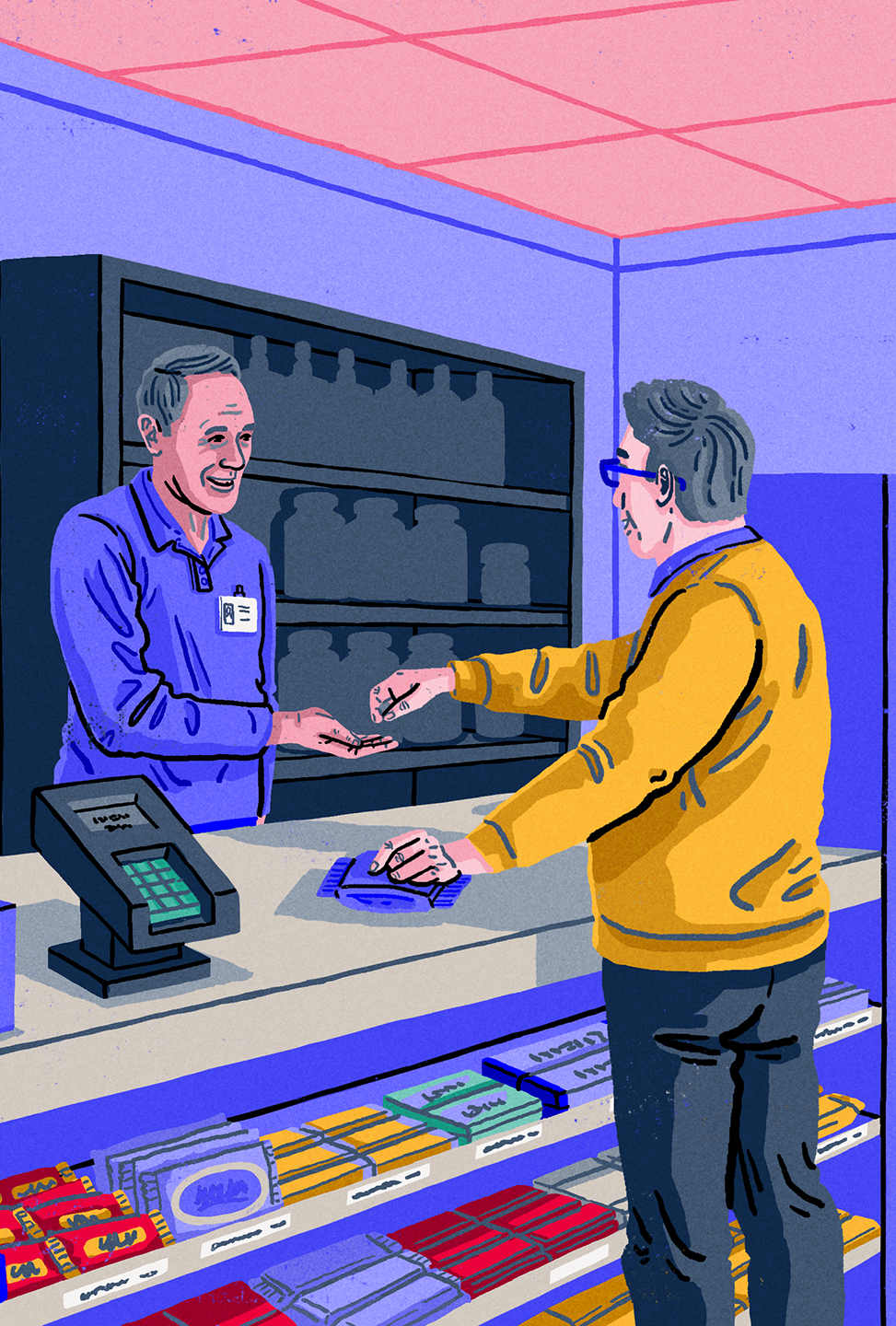
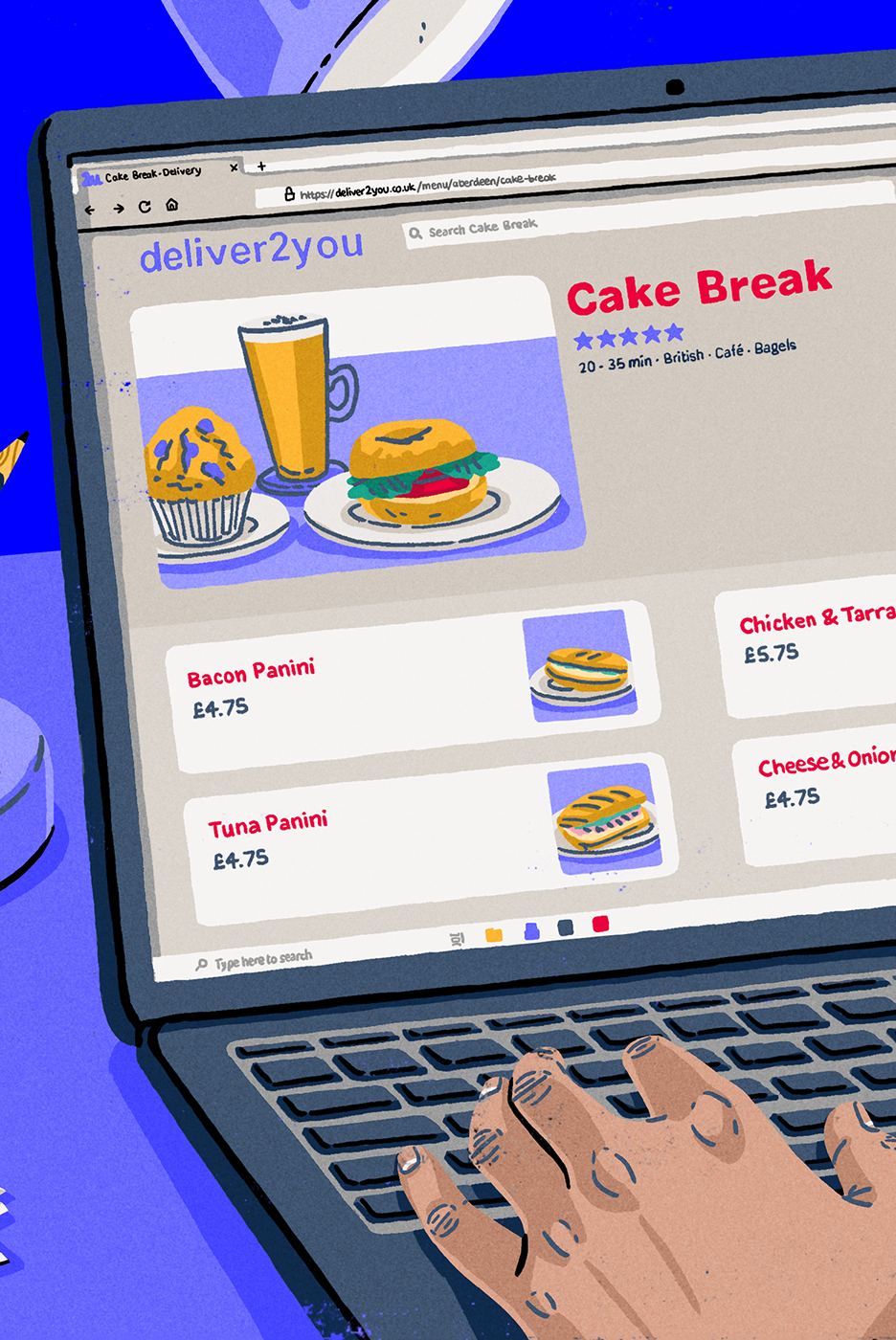
Takeaways are often high in salt, fat, sugar and calories, in many cases significantly exceeding our recommended daily levels. Portion sizes are also often larger than food cooked at home.

- Takeaways account for around 11% of total OOH food trips in Scotland, with £820 million spent on them annually during the average 32 trips we each take.
- In 2020, during the Covid-19 pandemic, takeaways grew to a market value of £1.1 billion in Scotland, an increase of almost a third compared to 2019.
- The number of takeaways we bought in Scotland from restaurant apps and third party apps such as Just Eat and Deliveroo increased by 103% and 69% respectively between 2019 and 2020.
- During the time there were also 1.2 million new customers (an increase of 54%) using delivery services.
- In Scotland, the proportion of OOH trips accounted for by takeaways doubled between 2019 and 2020, likely as a result of Covid-19, with an additional 21 million trips.
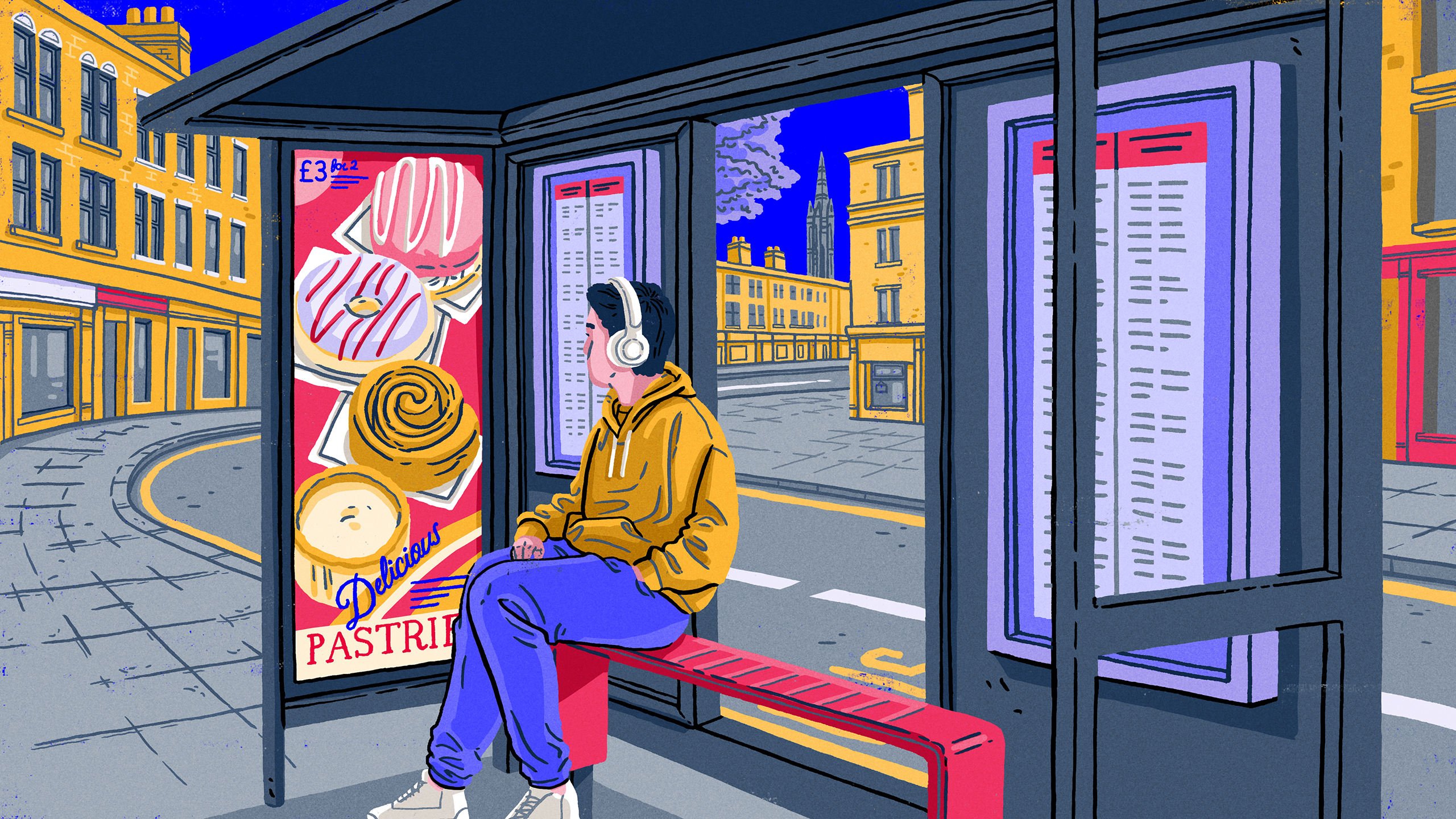
Research suggests that although the number of calories from eating out in restaurants and cafes fell significantly during 2020 due to the lockdowns and social distancing measures, there was a larger increase in calories purchased from grocery shopping and takeaways.
This net increase in calorie consumption has serious implications for our health as increases in calorie intake across the population will increase the prevalence of obesity and the associated health impacts.
- Research showed that 35% of adults in Scotland reported an increase in their weight in 2020.
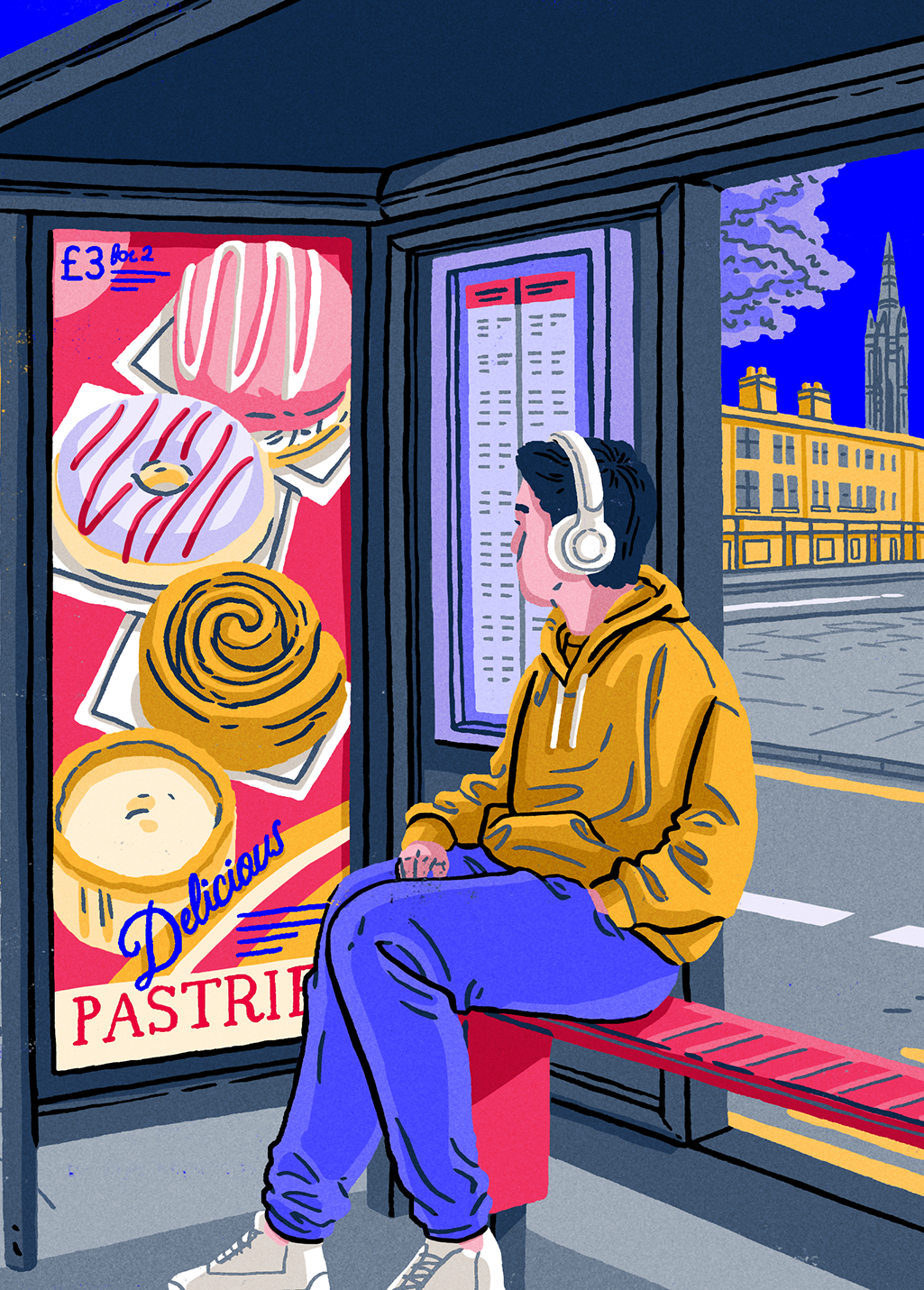
If we want to improve access to affordable, healthy food in Scotland, it is clear that stemming the flow of unhealthy food in our OOH food environments must play a major role.
The actions proposed in Scottish Government’s Eating Out, Eating Well framework include:
- Legislation to bring forward mandatory calorie labelling
- Voluntary standard for full nutrition information
- Calorie reduction
- Healthier children’s menus
- Improving food in communities
- Improving food in the public sector
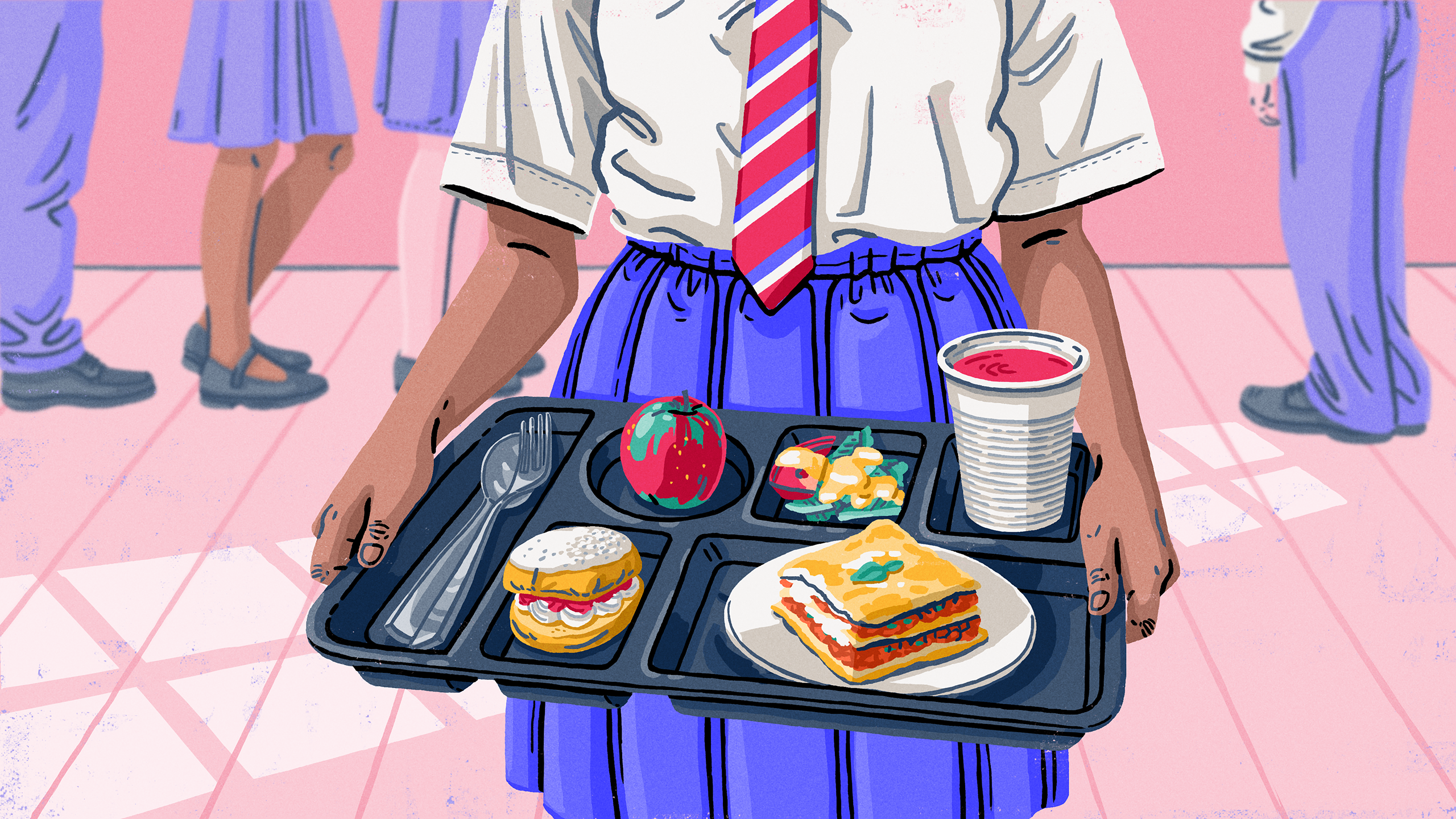
These actions are a welcome focus on the food environment and creating the conditions where it’s easier to make a healthier choice and we are less likely to choose food which might harm our health. Research shows that the public is generally supportive of measures like these. What remains to be seen is whether a voluntary approach will create enough of a transformation in our food environment to impact our high levels of obesity.
There are also questions that remain around the scale of the impact of calorie labelling and the supply of nutritional information on the foods we buy out-of-home. These have been shown to be effective in some settings and with some groups but will the general public engage with them enough to change consumer behaviour at a population level? The main benefit may be that the introduction of calorie labelling encourages OOH retailers to reduce the calorie content of their highest calorie products, lowering the calories available to order as well as encouraging the choice of lower calorie options.
No one can argue that improving the supply of healthy food from the public sector and in our communities is anything other than a positive move. Doing this in a way that retains personal choice over the food we eat, maintains the positive public opinion of food interventions and also reduces obesity will be challenging. These are all questions that Nesta is hoping to help answer through our a healthy life mission work and working with partners to improve the food environment in Scotland.
